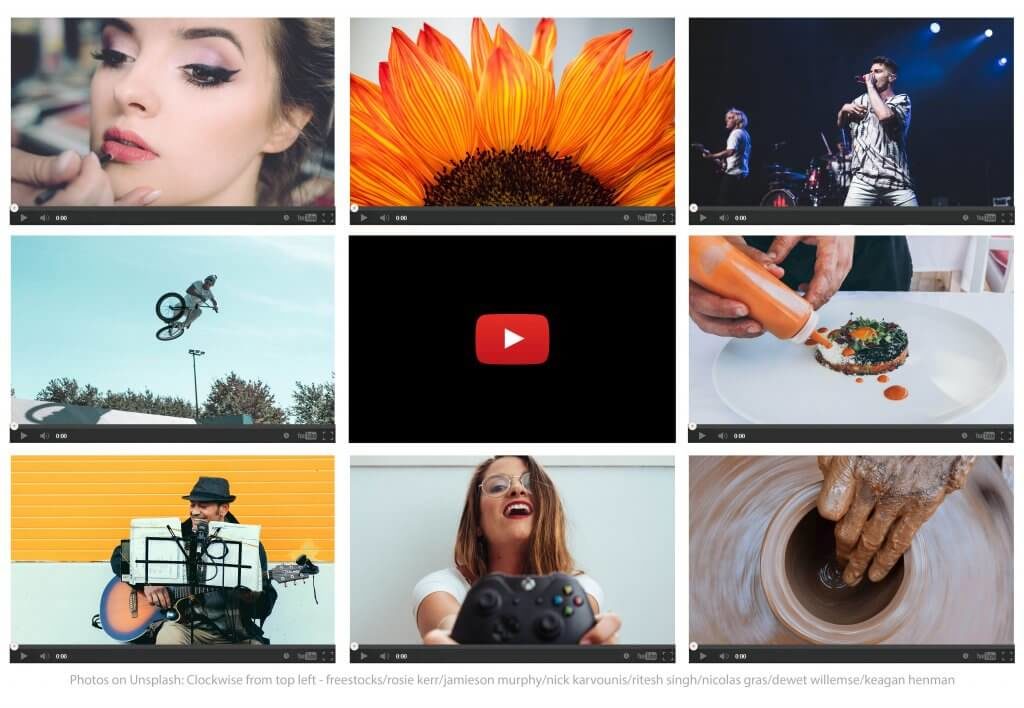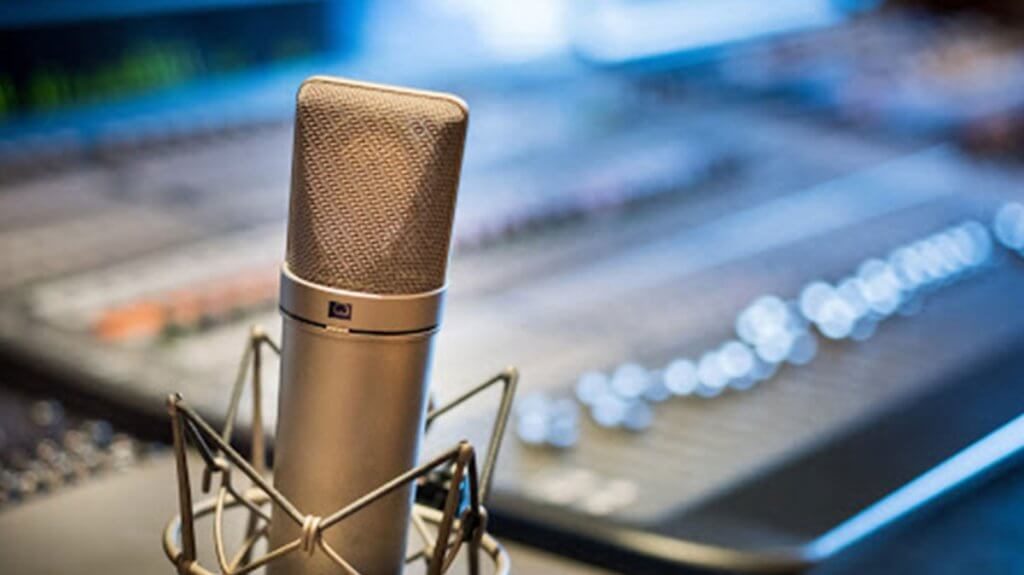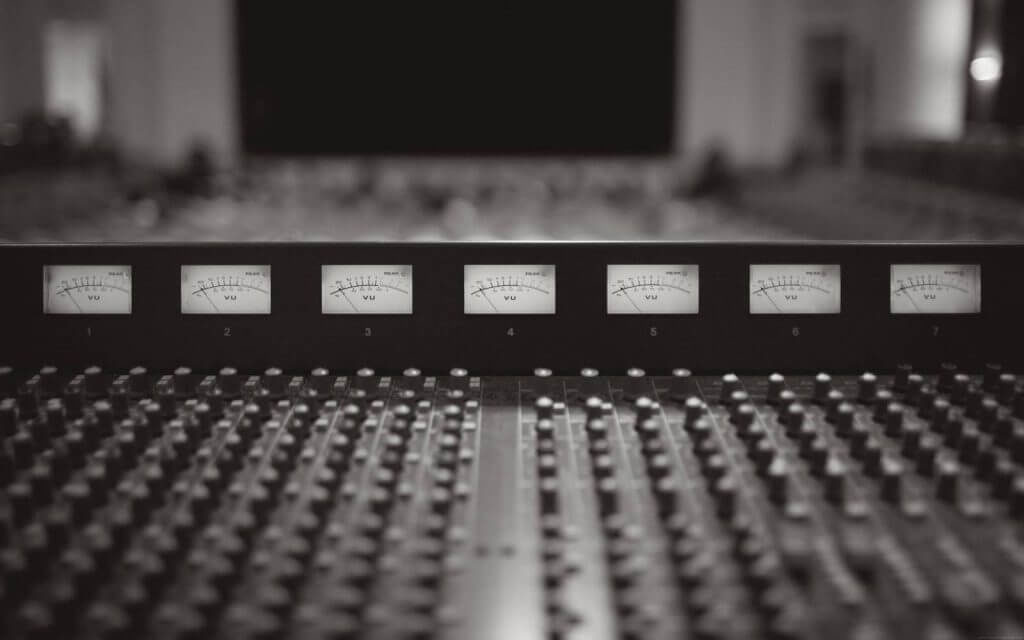This article was updated January 30th, 2020.
If you would like to learn how to license your music for Film and TV, you need to know what Music Supervisors look for when choosing a track.
As a songwriter, it’s important to understand the Music Supervisor’s role in the process of music licensing for film and TV. Their job is to lead the music department and secure the right material for the project by working with music licensing sites and record labels. They’re on a mission to find the perfect songs that will create the ultimate viewing experience.
Whether you already have a catalog of music you want to license, or are just starting out, these 10 tips will get you on your way.
1. An Instrumental Version
Does your track have an instrumental? Every Music Supervisor needs instrumentals to license music for film and TV. In fact, this is one of the first things they look for when fulfilling a brief. Still, this element is often overlooked by artists when mixing down versions of their songs.
Think of some commercials on TV and radio at the moment. The majority of them set the dialogue against the instrumental part of the track. This is because vocals in a track tend to compete with the message the brand is trying to communicate, while the vibe and energy the instrumental creates, is key. It’s the same with movies and TV shows, as a post-production editor will cut the song around dialogue in the scene. In order to do this effectively, and to make sure the song complements the scene and dialogue, it’s ideal to provide both the vocal and instrumental version.
You may have the perfect song for a licensing opportunity, but if you only have a version with vocals, you may miss the opportunity in the time it takes to get the instrumentals from your producer. Both instrumental and vocal tracks are crucial, and your vocals may still have a chance to shine given the right opportunity, but having an instrumental mix available from the start will increase your chance of landing a license.
2. Great Production
It’s imperative when creating a track not to skimp on the production element. Not only could poor production scupper your chances of getting licensed for sync, but it could render a track completely unusable.
If your song has poor audio, background noise or long gaps of silence throughout, Music Supervisors may not choose to license your music. This might come as a surprise, but no matter how good your track is or how well it fits their brief, poor production is often unfixable. Your best bet to avoid this is to invest in great production from the beginning.
3. Different Versions
Another great way of increasing your chances of licensing your music for film and TV is to provide several different versions of a track.
As well as the crucial instrumental, consider creating and uploading alternate mixes without ambiance (sound without added soundscapes, i.e. ocean waves or birdsong). Additionally, give options for fade–in and fade–outs as well as cuts with a definitive start and end.
For some artists, this might not apply, but having a clean version of your track with no explicit language or inappropriate themes is essential.
This is a common request from Music Supervisors — especially when they are looking to source hip-hop tracks. Your song might have great production and be the perfect fit for the visual, but if you don’t have a PG-version, you might lose out.
The more flexibility you can offer, the better chance you have of your music being licensed for sync.
4. Fitting a Theme

You may have noticed that most movies fall into one of four key themes. Love stories (The Notebook, Titanic), good vs. evil (Lord of the Rings, Harry Potter), the inspirational underdog (Forrest Gump, Rocky) and the hero’s journey (Spiderman, Mulan). While some films may not fall obviously into one of these categories, you can bet they will feature them in a way.
When writing for sync, ask yourself whether your music applies to one or more of these themes. This relates to both the melody and chorus, so try to write with purpose.
Let’s break it down a little more. For romance, the song message and tone can vary depending on the scene, so you have a little more to work with. Think big, sweeping melodies conveying passion and softer, melancholic sounds for heartbreak scenes. As many good vs. bad plots take place in horror or action flicks, dramatic or eerie music are the ticket here and are mostly instrumental. In inspirational films about underdogs and heroes on a journey, the music has to reflect the highs and lows of the character’s voyage. Anthemic mid-tempo tracks with positive, universal lyrics are in the recipe.
Once you know the theme of the film, it’s time to play to your strengths and create music in line with your capabilities. If you’re a K‑pop artist, creating a dark and haunting track may not be your best bet for getting your song licensed for film and TV . A fun love song, however, may be much more up your street.
Ads and trailers tend to occur in three acts that build to climax. The music should follow this story arc, build, and then resolve. Music briefs for trailers tend to include words like “epic”, “astounding”, “powerful” and “heroic”, while music briefs for ads often include “optimistic”, “uplifting” and “positive”. One useful exercise for songwriters is to study music in ads and trailers and try pinpointing the transitional moments with the arc of the story.
5. Don’t Be Too Specific
 For the best chance of sync licensing music for TV and film, it’s best not to make your song title or lyrics overly specific. Going into detail about names, places, or situations will reduce your chances of having your song picked for a show or film. The whole point of syncing in TV and film is for the music to complement the dialogue and visual and inspire emotion without over-narrating or telling the audience how to feel.
For the best chance of sync licensing music for TV and film, it’s best not to make your song title or lyrics overly specific. Going into detail about names, places, or situations will reduce your chances of having your song picked for a show or film. The whole point of syncing in TV and film is for the music to complement the dialogue and visual and inspire emotion without over-narrating or telling the audience how to feel.
Try to make your music unspecific without being generic. For example, penning a track about missing someone is more likely to be picked by Music Supervisors than a song with highly specific lyrics. Say, a song about a man named Albert, who lived on a hill with a dog named Rover.
Keep the title simple, succinct and easily searchable, too. Some examples of this could be “Sunny Day”, “Missing You” or “What a Feeling”. You can almost instantly imagine how these would fit within a scene in a movie, TV show or commercial.
As mentioned in the previous tip, most movies and TV shows will follow a common theme. If you want to increase the chances of your music getting licensed, it’s best not to stray too far from these topics.
In summation, the less specific the lyrics and title, the more easily your song can be placed.
6. Promotional Artwork

The eyes are the window to the soul’, or so the adage goes. Similarly, your profile picture may be one of the first things a Music Supervisor will look at to understand the artist behind the song.
It’s all about making a great first impression. A professional yet unique profile picture that accurately represents your music will show the supervisor — and any other potential buyers — that you’re an artist who takes their product seriously. The client might want to use your image for promotional material, so try to avoid amateur photos or selfies wherever possible.
A great way to showcase your image is by uploading it to your public profile. Every member of Songtradr has a customizable profile. The link can be shared on other platforms, increasing your exposure with industry colleagues and collaborators, and creating a more streamlined pipeline for potential buyers.
7. Tracks Pre-Cleared for Licensing
Your track must be fully-cleared for licensing before it can be licensed. If it isn’t, you could risk losing the placement.
Music Supervisors need permission from both the songwriter (who owns the copyright or publishing) and the recording owner (who owns the master).
When a track has several songwriters (Taylor Swift’s “Look What You Made Me Do” has five), all of them need to grant permission for the song to be licensed, while the ‘master’ owners need to do the same. If one party says no, the track cannot be used.
Working with a music licensing company like Songtradr can be a great way to streamline this process. Licensing can be a bit convoluted and confusing at times — especially when it comes to legalities — so a helping hand can give both you and the buyer peace of mind.
8. Song Previews
One of the best ways to give your song a chance of licensing for sync is to make it downloadable for preview purposes. This might seem like a bit of a risk, but Music Supervisors and Film Editors need to test the song first. They need to see if it fits in a scene before they decide to license it. If you block downloads, it can reduce your chances of licensing.
If you’re still not sure, some music licensing companies like Songtradr give artists the option to limit the preview to 30 seconds instead of the full song. Still, offering just part of the track may reduce your chances of being licensed. The part of the song you choose to provide may not be the right fit for the supervisor, while another part of the track could have been just what the supervisor was looking for. On that note, if you are submitting a song and you think a specific part would work well for the supervisor’s project, it’s often a good idea to include a timestamp to highlight that part of the song.
9. Correct Labels and Metadata
So, you’ve uploaded your music to a licensing website like Songtradr and you’re ready to get it out there in the world. But wait… have you checked that your tracks are labeled correctly and have all the right metadata to give the Music Supervisor everything they need? It seems simple, but so many artists forget.
Help the supervisor out — they don’t have time to decipher files like ‘audio01.mp3’. The easier you make their job, the more likely they are to pick your track.
10. Fitting the Director’s Style
It pays to do your research. If you’re writing in the hopes of working with a particular director, it’s best to scope out the type of music they’ve used in past projects first. Websites like tunefind.com will list the music used in a TV show or film, while imdb.com is a great resource to potentially find out what a music supervisor is working on. Some supervisors also have public Spotify playlists which give you a sense of their musical tastes.
Often, directors will carve out a certain theme throughout their career, so it can be possible to predict what styles and genres they might lean more towards for future projects.
While Music Supervisors are an integral cog in the TV and filmmaking machine, ultimately the director’s vision is at the core of the project. It should stand you in good stead to bear this in mind when writing music for sync.
Ready to submit your music for licensing opportunities?
Check out our Artist page!
Aimee Phillips
Aimee Phillips is a music journalist who has written for numerous independent music magazines. She is currently the Online Editor of EUPHORIA Magazine.

















Handy and helpful tips regarding creating proper music for licensing. I did learn a lot on your post indeed. Please keep them coming. Invaluable info no doubt.
Great advice here!
“Peter Drake”
“Teacher”
“Hexham”
“Northumberland”
[…] right sync at the right time can launch an artist into popular culture — and leave the audience asking more […]
[…] quite a bit to crafting songs suited for sync as well as optimizing their digital presence. See: 10 Things Music Supervisors Look For When Licensing Tracks for TV and Film. Additionally, there are other steps that increase the odds of nabbing a sync deal. The larger […]
Great information there! Amazing tips!
Thanks so much, Davide. Glad you benefitted!
Thank you
Of course!
Great article, really helpful thanks!
Thanks for the kind comment, Michel. Glad it was helpful.
I like the site
Thanks Emeka! That’s great to hear.
The business can become successful if you hit the soul of the stage director’s desire. With a quality tape work, a little luck and arriving at the right time and in the right place. Thanks for the advice.
That’s a great perspective. Thanks for reading, Dean!